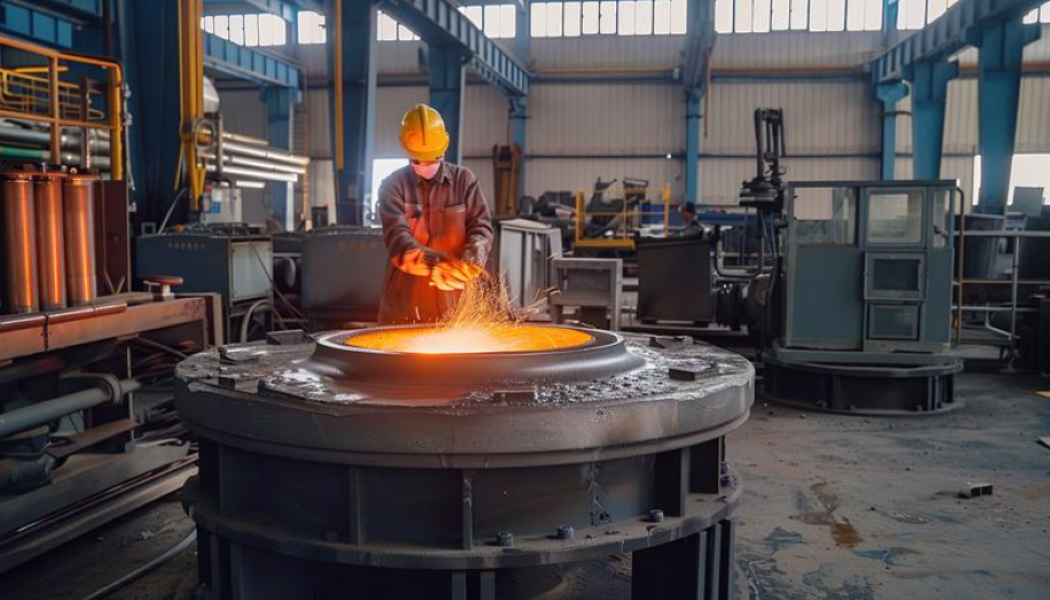When choosing the most appropriate casting method for your production run, it is important to understand the pros and cons of each casting technology. Each method has unique advantages. Different applications based on factors such as materials, complexity, cost, and batch size. Let's break down the key features of three common casting methods: investment casting, die casting, and sand casting.
Sand Casting Method:
Sand casting is one of the more traditional and widely used casting methods. It uses silicon-based materials such as synthetic or natural bonded sands and is well suited for manufacturing large parts such as engine blocks. This method has the following advantages:
1. Low production cost: Especially suitable for small batch production, the mold cost is affordable.
2. Versatile: Able to cast ferrous and non-ferrous metals.
3. Large parts: Ideal for large components such as engine blocks and heavy industrial machinery.
However, compared with other methods, sand casting generally produces parts with lower dimensional accuracy and rougher surface finish. It may not be suitable for applications that require tight tolerances or high-quality surface finish.

Investment Casting:
Investment casting, also known as lost wax casting, is used for applications that require high precision and complex geometries. It involves creating a wax model, coating it with a heat-resistant shell, and then melting the wax to leave a cavity for the molten metal. This method is ideal for producing high-precision parts, such as turbine blades and small mechanical components. Here are the reasons:
1. High precision: Precision casting offers tight dimensional tolerances and fine details.
2. Complex geometries: Suitable for complex shapes that are difficult to achieve with other casting methods.
3. Smooth surface: Surface finish is generally better, reducing the need for additional machining.
Despite these advantages, it tends to be more expensive than other methods due to the complex tooling and higher labor costs of precision casting. Die casting is generally more cost-effective for small to medium-volume production where precision and quality requirements are high.
Die casting:
Die casting involves injecting molten metal into a metal mold under high pressure. This method is suitable for producing large quantities of parts with consistent dimensions. Die casting is often used to produce automotive and electronic components. Its advantages include:
1. High-speed production: Suitable for large-scale production with consistent results.
2. Excellent surface finish: Pressure ensures smooth surfaces, sharp details, and less post-processing.
3. Dimensional consistency: All parts maintain tight tolerances and uniformity.
The downside is that die casting is expensive for small production runs due to the high initial tooling costs. In addition, it is generally limited to non-ferrous metals such as aluminum, zinc, and magnesium.
Which casting method should you choose?
The choice between sand casting, investment casting, and die casting ultimately depends on your production requirements:
If you need large, low-cost parts and don't care too much about tight tolerances or fine surface finishes, choose sand casting.
For small, high-precision parts with complex geometries and smooth surfaces, especially for small to medium-volume production, choose investment casting.
For large-volume production where uniformity, speed, and surface finish are critical, choose die casting.
Each method has its place, depending on the specific needs of your production run. By evaluating factors such as cost, quantity, material, and quality requirements, you can choose the right casting method for your project.

